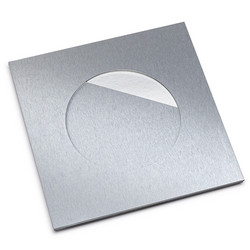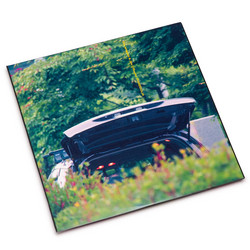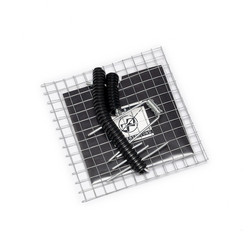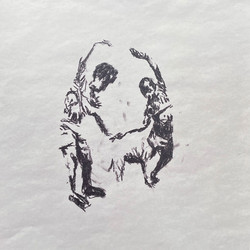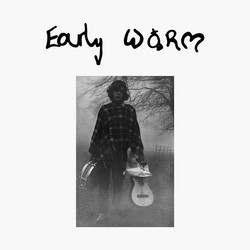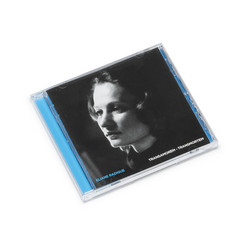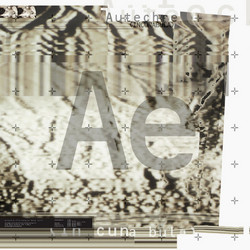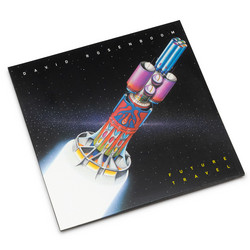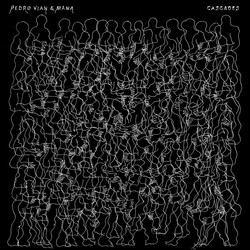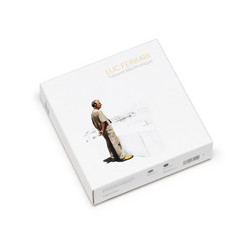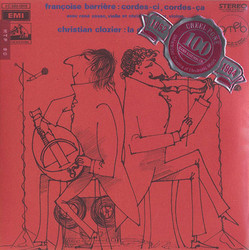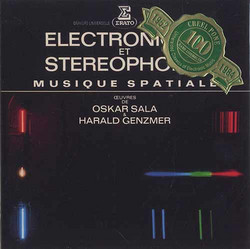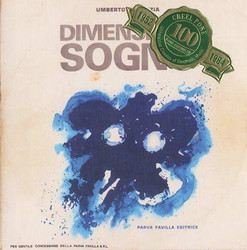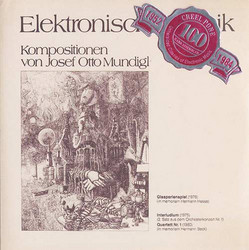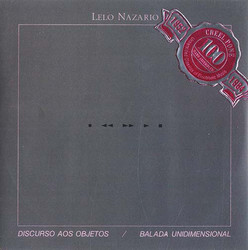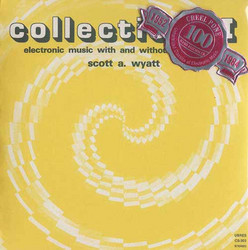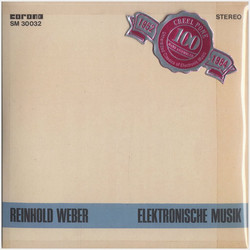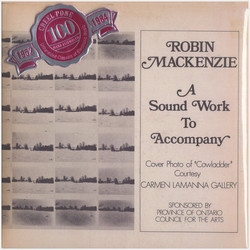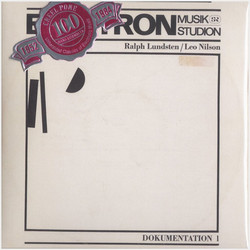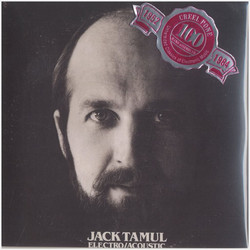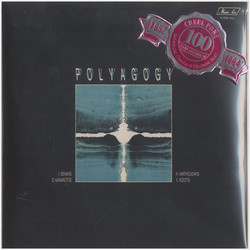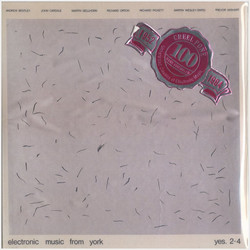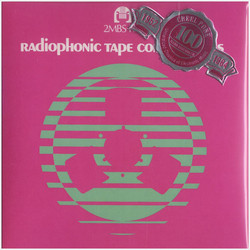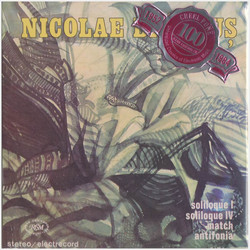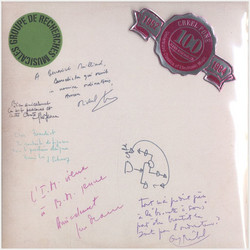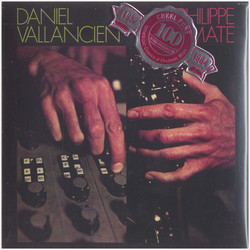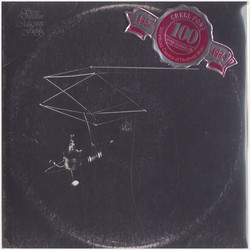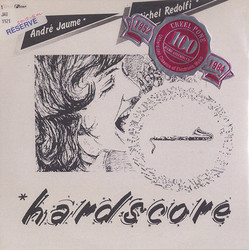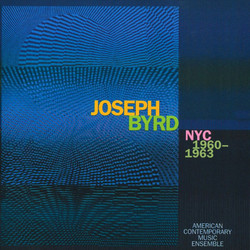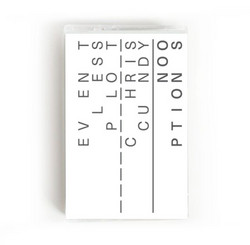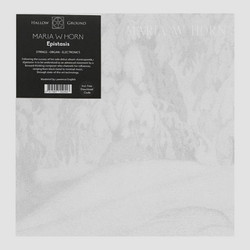Jean Yves Labat
Underwater Electronic Orchestra
One of the, in retrospect, better constructs of the Creel Pone cabal is that, despite many beliefs to the contrary, it is in fact a committee of semi-like-minded souls, all interested in portraying some aspect of the "Unheralded Electronic Music" canon. Case in point; while I personally wouldn't have included this particular collection of gossamer isolation-tank filigree & majority psychedelic-disco, it was strongly nominated by a number of the Cognoscenti along the way - partly due to its scarcity, but also in its dutiful break away from genre tropes into something a bit more unique. It's easy to see its place in the canon amongst Bernard Bonnier, Jean-Pierre Massierra, "Iatrogenics" and the like; a strange record by any standard, boasting one of the all-time great record titles & covers, depicting a Venusian wave cresting behind our Synth-bespectacled heroine Starting; and ending - oddly, exactly the same take in both places, with what sounds like an accidental fader-slip at the very end; classy - with the absolutely ecstatic rush of "Matrix 16", the record starts on an auspicious note, with a particularly grand arrangement of backwards drums, flitting synths and solo lines befitting the best of Moroder's classic-era productions. "U Boat", after a short, promising intro of minimal synth chug, feels like stock disco-by-numbers; cascading envelope-follower guitar scratch & Gamble / Huff strings, dotted by the same Moog growls featured on Stevie Wonder's run of Cecil / Margouleff-abetted studio dates. Drawing closer to Bonnier still is Labat's reading of "Casse-tête" staple "Little Drummer Boy," albeit nowhere near as prescient, with a fairly straight run-through of slinky, mid-tempo drums, phasing synths, and jungle noises. "Orbit" again veers towards the highs of Moroder's late-70s anthemic film-score work, with some nice arpeggiations & fuzz-guitar burn cut in an almost entirely drum-free arrangement. Finally, "Subtronick" closes out the side with a gorgeous wash of string-synth haze, addressing the record's subaquatic connotations directly.
Not much to report on the B-side's one-two intro of "singles;" "Le Voyeur" returns with the TSOP leanings & a creepy, animalistic vocal that reminds of both Dr. John & a slow-burn take on Jean "Hoyoux" Le Fennec's excellent 60s outsider chansonnerie. "Cash" is essentially an Ohio Players riff, all slap-bass & guitar with similarly aligned stream-of-consciousness vocals. Things start to look a bit brighter with "The Flight of Kromack III", an extended wash of jungle-pulse drums fed through synth-gates & filtering, with stray vocals yowl all but buried under a mire of gurning oscillator murk - one of the album's real highlights, with echoes of Philippe Doray's excellent "Ramasse-Miettes Nucléaires." Reproducing the covetable Canadian-only Barclay edition - this was also available on a 1978 French CBS pressing under the title "Transition 1", with a modified track-order, only one "Matrix 16", and a edited-down version of "Kromack" & no "Little Drummer Boy" or "Orbit" but adding the terrible track "U.S.A" & the title cut - in a particularly nice gem-encrusted pearlized stock, this is one perhaps for the followers of the more populist end of things, but is by no means without its many merits.

